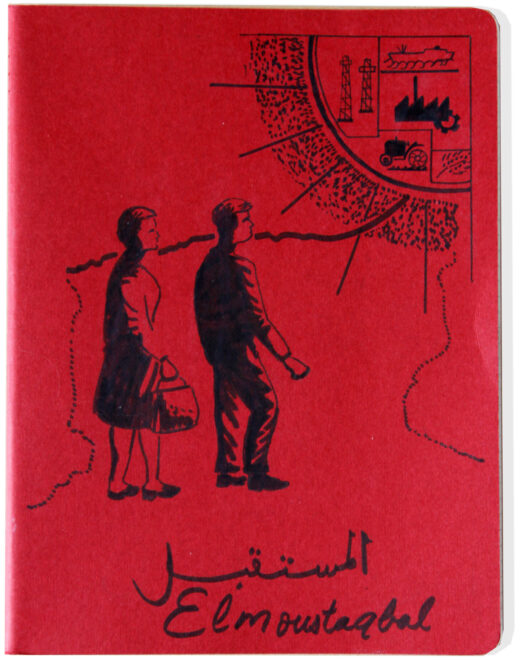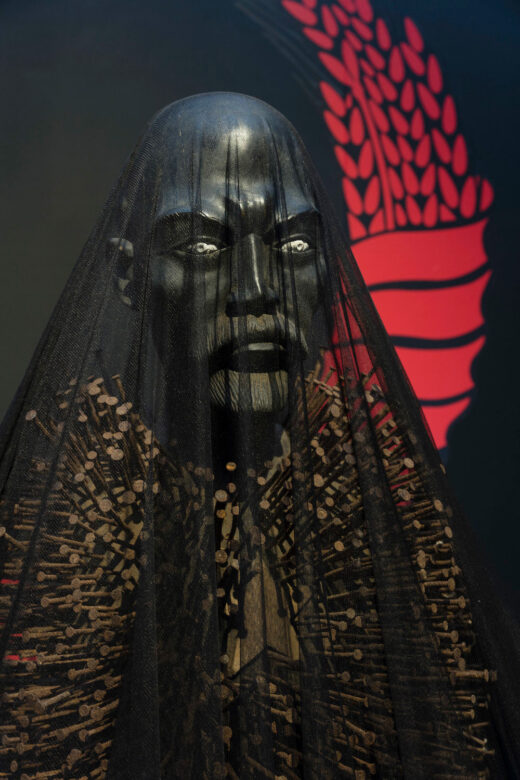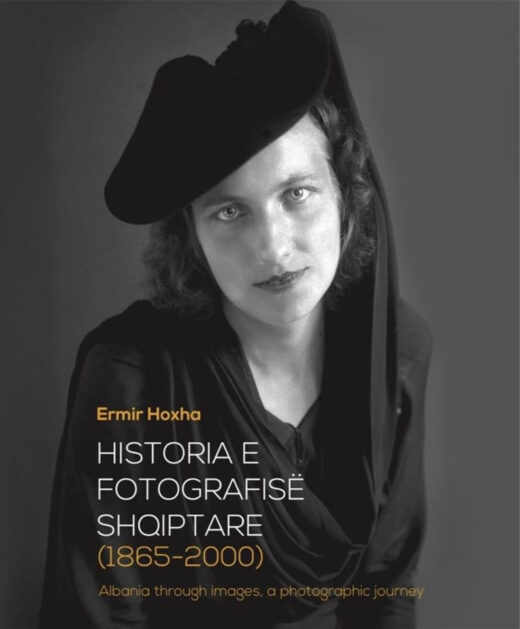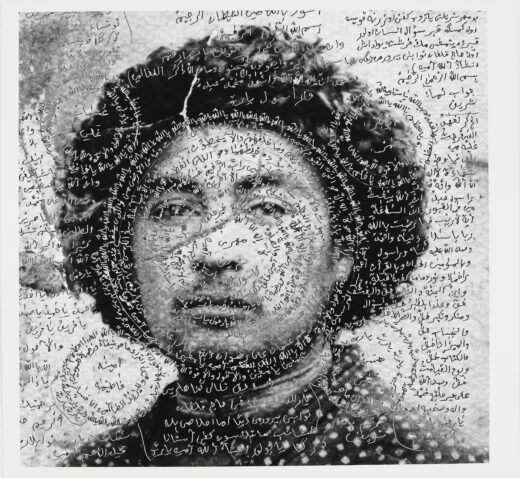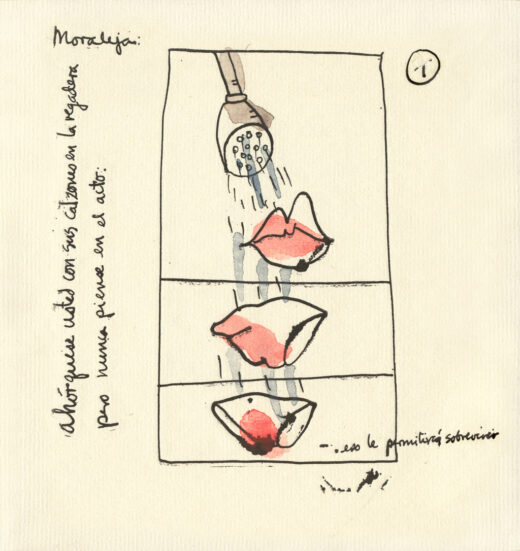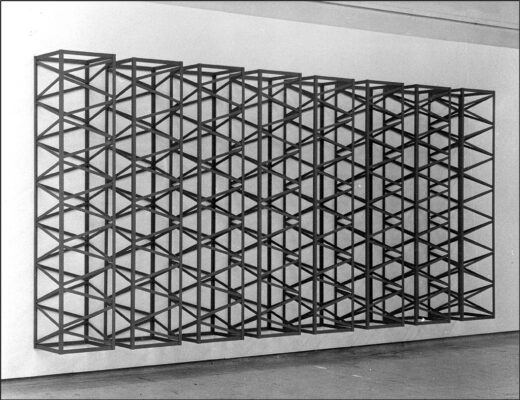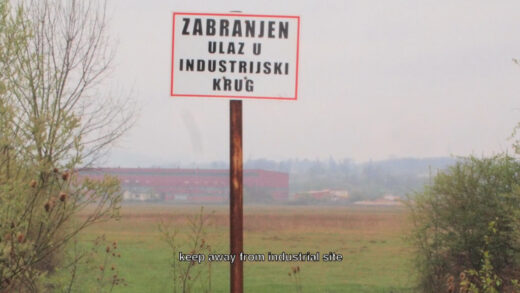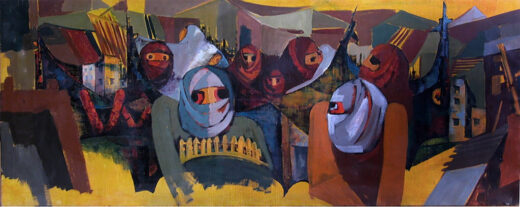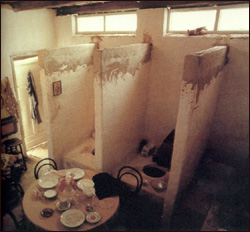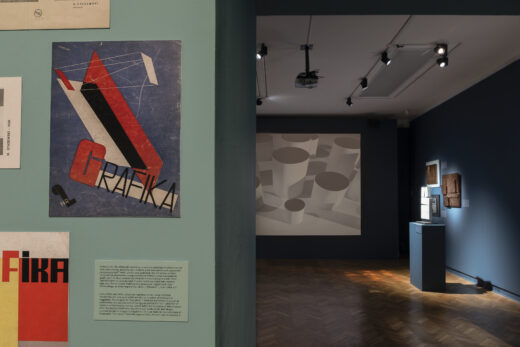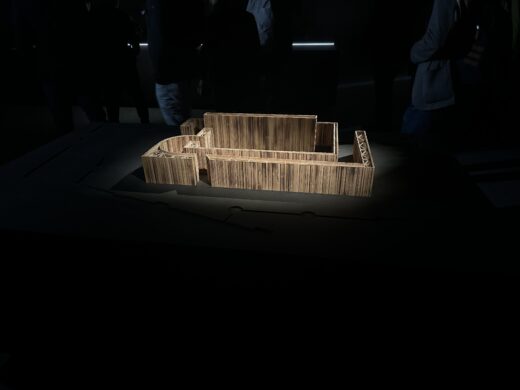“We Need a Lighthouse Philosopher”: Filipa César and Louis Henderson’s Sunstone (2018) and the Portuguese Genealogy of Lens-Based Media
This article discusses Filipa César’s and Louis Henderson’s digital film Sunstone (2018), situating it within a history of lenses and lighthouses in Portuguese conquest. It argues that Portugal has been overlooked as playing a key role in shaping the use and conceptual function of lenses in maritime conquest. In particular, the beaming of light from lenses has been overshadowed by the function of light collection in histories written about lens-based media.
ARTMargins, Volume 13, Issue 1, pp. 18-39.
doi:10.1162/artm_a_00371
https://direct.mit.edu/artm/article/13/1/18/120554/We-Need-a-Lighthouse-Philosopher-Filipa-Cesar-and


